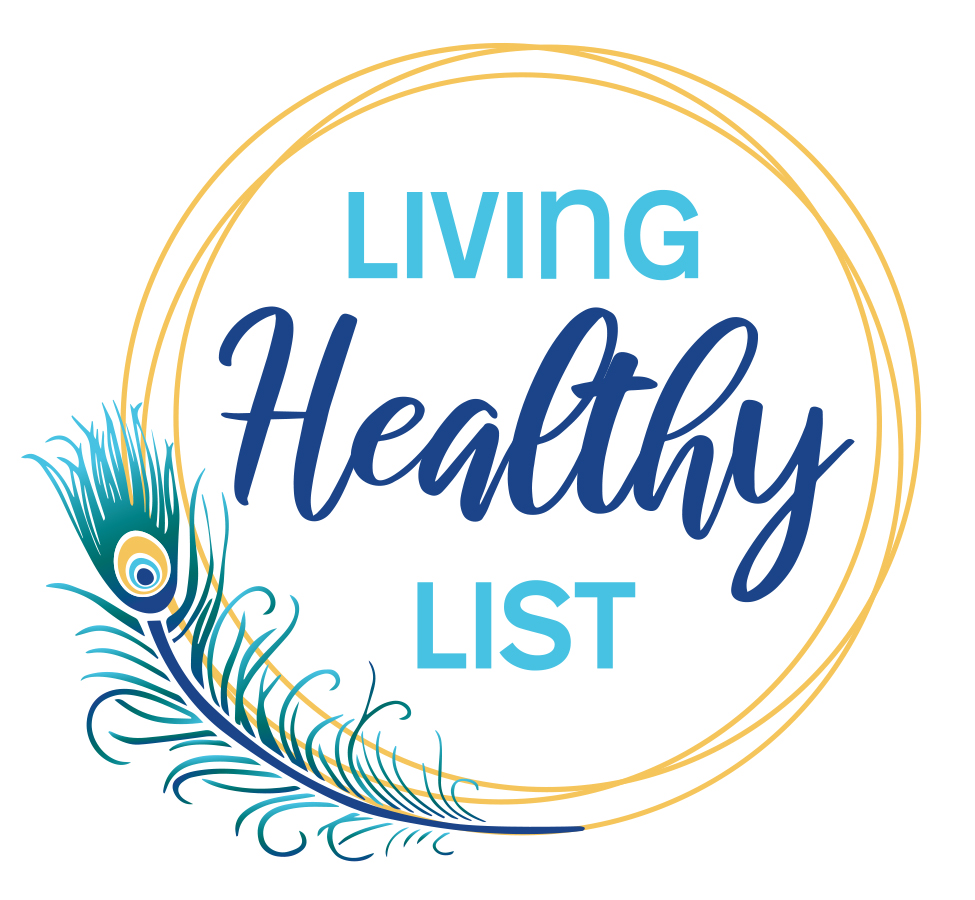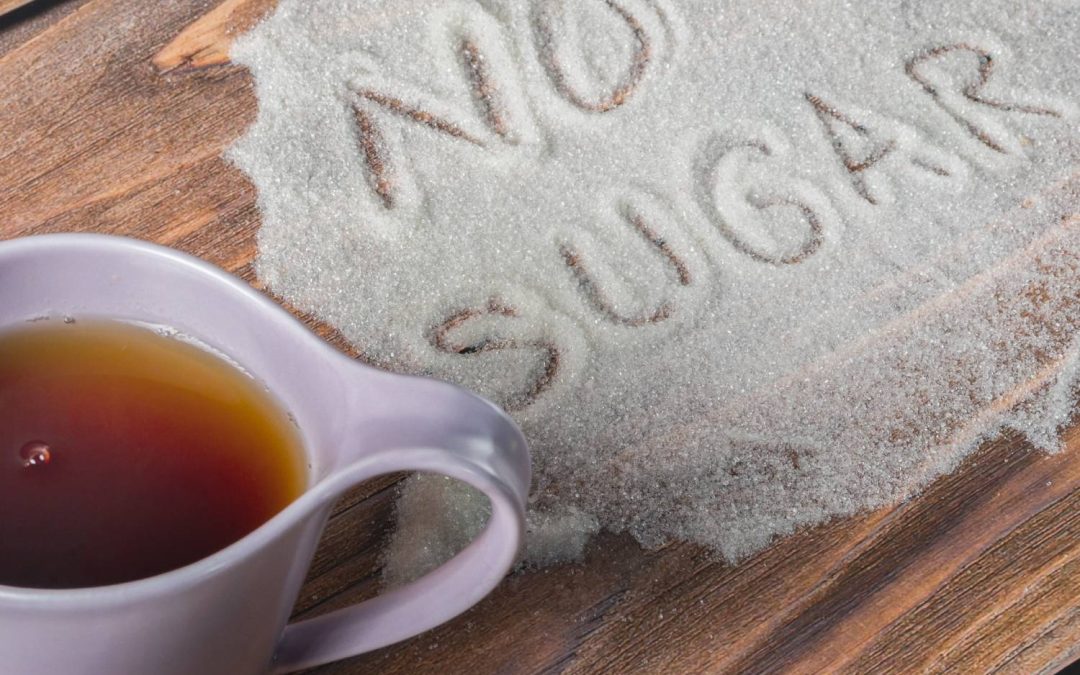Reducing one’s sugar intake is a game-changer for anyone seeking to elevate their health, manage their weight, or keep their diabetes in check. Excessive sugar can lead to a host of issues like obesity and Type 2 diabetes. But don’t worry—cutting back on sugar doesn’t have to feel like a sacrifice. Here are the best methods to reduce sugar intake in your diet while still savoring delectable meals.
Understanding Sugar
Understanding the different types of sugar and their sources is essential to effectively lower your sugar intake. Dairy, fruits, and vegetables contain natural sugars and are the best places to start your journey; however, avoiding added sugars can be difficult. Try reading ingredient labels, such as what you’d find in candy, soda, and baked goods, to ensure you consume minimal sugar. Knowing the difference helps you make better food choices.
Tips for Cutting Back
Gradual Reduction
Drastically cutting out sugar can be challenging. Minimize the spoonfuls of sugar you place in your coffee or tea. Over time, your taste buds will adjust.
Choose Whole Foods
Instead of drinking fruit juices, try eating whole fruits or making fresh juice at home. Whole fruits provide essential nutrients and fiber without the added sugars, such as what you find in juices and smoothies.
Cook at Home
Preparing meals at home gives you complete control over the ingredients. Use fresh ingredients and avoid pre-packaged sauces and dressings that often contain hidden sugars.
Pay Attention to Beverages
Soft drinks, energy drinks, and flavored waters can be sugar traps. Switch to water, herbal teas, or beverages sweetened with alternative sweeteners.
Alternative Sweeteners
Seeking alternatives can help satisfy your sweet tooth when reducing your sugar intake. Natural sweeteners such as stevia, monk fruit, and erythritol are great options. However, the best sweetener alternative of all is honey. But why is honey the better alternative to sugar? It’s largely because honey provides sweetness with additional antioxidants and minerals, making it a favorable substitute in moderation.
Reading Labels
Caution: Your food ingredients list may contain added sugars. Make sure to actively look for terms like sucrose, glucose, fructose, maltose, and corn syrup when reading the label. These terms represent added sugar.
Label comprehension tip: A product label lists its ingredients in weight or quantity order, so the product is high in sugar if it appears early in the list.
Healthy Recipes
Trying new, low-sugar recipes can make your reduced sugar intake efforts easier. You could have a yogurt bowl with nuts and fresh berries for breakfast. Lunch could consist of fresh fish and vegetables. Your afternoon snack could be an apple with almond butter; dinner is a quinoa salad with lemon-tahini dressing and colorful vegetables. Dessert—everyone’s favorite—could be chia pudding. Try out some recipes to see what fits your style and dietary needs.
Transform Your Diet by Cutting Sugar
Making small, sustainable changes is vital to reducing sugar in your diet. You’ll find it easier to maintain a low-sugar lifestyle without feeling deprived as you adapt to these methods. You’re taking a significant step toward better health and well-being by implementing the best methods to reduce sugar intake in your diet.

